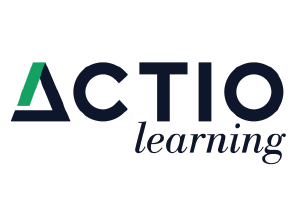It’s 2021, and we made it through 2020 — with a lot of struggle, introspection and re-grounding to what matters most: people, life, enjoying the workday and remaining optimistic about possibilities. We’ve found new ways to work anywhere, achieved more flexibility in work and family life, realized professional goals while sustaining workplace goals, and realized that revenue generation and wellness go hand in hand.
Addressing Individual Learners
How do all of these workplace realities come together? There are policies, there are processes and there are systems. But when it comes to learning, it’s all about the individual: unique human beings, whose background and foundation are vastly different, even when their job role is the same. We cannot expect one person to have the same productivity and performance as another.
It’s time to focus on building a culture of learning that empowers individual employees to close their own skill gaps in the flow of their daily work while guiding them toward building the skills needed to achieve strategic business outcomes. It’s always going to be a two-way street, help people to help themselves to become personally responsible for their career, and build the skills the market is demanding of businesses operating in modern-day society.
Learning: The Center of the Employee Experience
According to a 2017 LinkedIn survey, 94% of employees would stay at a company longer if it invested in helping them learn. That data point is a resounding “yes” to learning, and employers are investing more in learning in response. The key to spending, however, is to take stock: What have we bought? Is it working? How are we investing in the learning and development (L&D) profession itself? Do we have the right target operating model to create our learning culture? Are we opening up the systems we are using to house employee data and learning how to use it to deliver personalized training? Can we automate that delivery? Is what we’re offering our people engaging? Are we nurturing our talent?
All of these questions will help learning leaders approach an enterprise learning strategy assessment that will help them optimize the learning ecosystem and determine how much it should cost the organization to run to create engaging, continuous learning experiences for the workforce. With cloud technology and analytics, anything is possible. There is a real opportunity for organizations to take stock of which parts of a learning culture they want to drive as part of their enterprise business strategy and which parts they want to leverage partner models to address.
It’s an exciting time for workers. If an organization can invest time and energy up front into assessing the current state of its learning environment to uncover what’s working and what needs to change, it will be able transition into a self-sustaining learning culture that uses technology, automation and engaging content to meet the individual learning needs of its people.
Want to learn more on this topic? Sign up for the virtual Training Industry Conference & Expo, and attend Jacqueline and Fadi’s live session.





